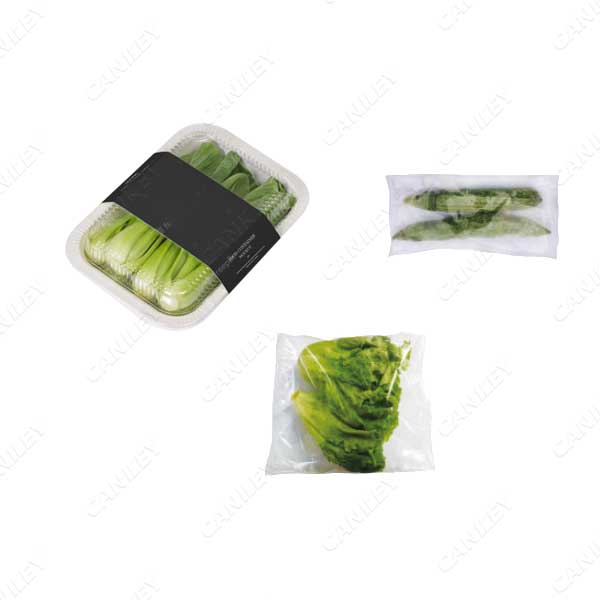When it comes to packaging vegetables, finding the right balance between preserving freshness, minimizing waste, and promoting sustainability is crucial. Proper packaging plays a significant role in ensuring that vegetables reach consumers in optimal condition, prolonging their shelf life, and reducing food waste. But what is the best way to package vegetables? There are many ways to package vegetables, and the best way is to choose the right way. In order to select an appropriate method, the following points need to be considered.

Choose the right packaging materials:
Selecting appropriate packaging materials is essential for preserving the freshness of vegetables. Some commonly used materials include:
a. Plastic bags: Perforated or breathable plastic bags allow for airflow while preventing excessive moisture loss. These bags help maintain the right level of humidity, ensuring vegetables stay crisp and fresh.
b. Biodegradable films: Environmentally-friendly options such as biodegradable films made from plant-based materials are gaining popularity. These films offer similar benefits to plastic bags while reducing environmental impact.
c. Paper packaging: Paper-based materials, such as cartons or bags, can be suitable for certain types of vegetables. They allow for some airflow and can be recycled or composted.
Consider packaging design:
The design of vegetable packaging should prioritize functionality and convenience for both producers and consumers. Here are some key aspects to consider:
a. Transparency: Clear packaging allows consumers to assess the quality of vegetables before purchase. It helps build trust and ensures that customers can make informed choices.
b. Labels and Information: Including labels with relevant information like the vegetable's name, origin, nutritional details, and any special handling instructions can be beneficial for consumers. It assists in making informed decisions and reduces food waste due to mishandling.
c. Portion control: Providing vegetables in portioned packages can be advantageous, especially for single individuals or small households. This approach reduces waste by minimizing the likelihood of unused portions going bad.
Packaging techniques:
Adopting proper packaging techniques ensures that vegetables retain their freshness and quality throughout the supply chain:
a. Modified Atmosphere Packaging (MAP): MAP involves altering the gas composition inside the package to extend shelf life. It can involve reducing oxygen levels and increasing carbon dioxide levels to slow down spoilage processes.
b. Vacuum Packaging: This method removes air from the package, reducing the growth of spoilage-causing bacteria and fungi. It helps preserve the color, texture, and nutritional value of vegetables.
c. Microperforation: Packaging with microperforations allows for controlled airflow, preventing the buildup of excess moisture. It aids in maintaining optimal humidity levels and reducing the risk of microbial growth.
Packaging vegetables effectively is a balancing act that requires careful consideration of freshness, shelf life extension, and sustainability. By selecting the right materials, optimizing packaging techniques, and promoting eco-friendly practices, you can choose a best packaging way.





















